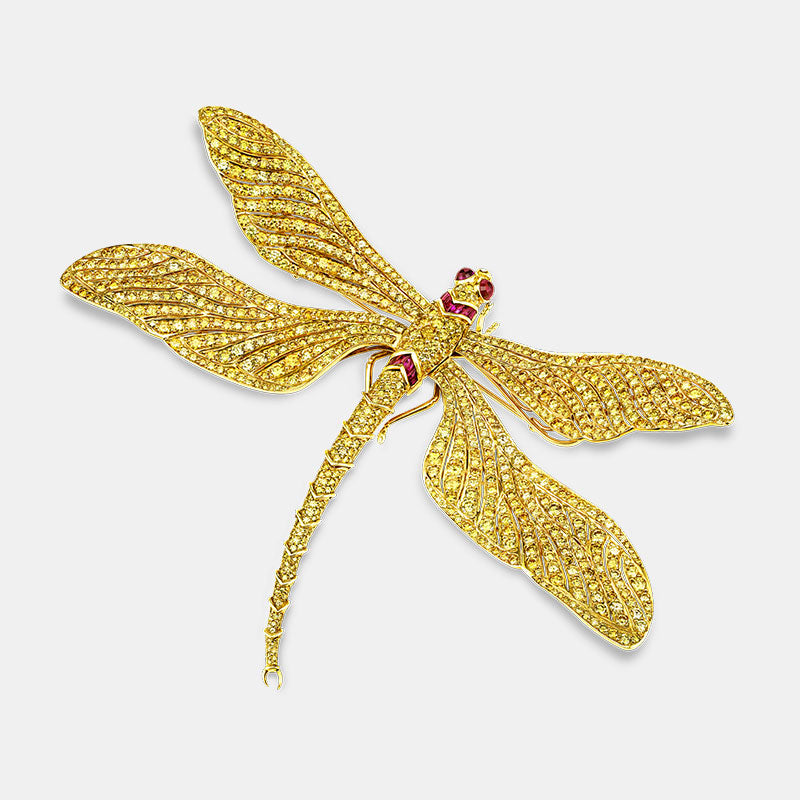
What is a Vase?
The answer may seem obvious, but vases have taken on a plethora of different forms and functions across history and cultures. The word vase is borrowed from the Latin word vas meaning vessel or container, as well as the 14th-century Old French vas meaning receptacle or container. They are upright, typically open vessels (although some varieties may include a cover), and they can serve multiple functional or decorative purposes. Vases can be made from any number of non-rusting materials, including clay, glass, porcelain, certain metals including copper and bronze, wood or stone. They are most often cylindrical but can take on other geometric shapes as well; their designs are limited only by the artist’s imagination. Because of their unlimited functions and designs, different types of antique vases offer limitless possibilities for creativity.
History of Vases Through the Ages
Ancient Sumeria
We can trace vases back to the ancient world, where they were important utilitarian items. As far back as the Bronze Age (3300 BCE-1200 BCE), civilizations used vessels to store and transport goods such as oil and grain. But how were vases made in antiquity? An early innovation in vase-making, the potter’s wheel, dates back to around 3250 BCE in ancient Sumeria. Before this invention, pottery was created by hand with the coiling method which involved building up the walls of the vessel with ropes of tempered clay before smoothing and thinning the sides.
Ancient Egypt
Although vases were first made as utilitarian tools, pottery makers quickly began creating them as words of art. Ancient Egypt was the first civilization in history to use vases as both ornamental and functional objects. The ancient Egyptians were likely the first to display cut flowers in vessels, as they were important offerings in festivals and religious ceremonies. Plant life was important to the Egyptians, and life in the fertile Nile Valley meant that vases full of flowers adorned homes and banquet tables symbolized the empire's wealth, prosperity and attention to beauty.
Ancient Greece
Vases sit at the very center of the artistic and cultural legacy of the ancient Greeks. These vases appear in an array of shapes, sizes and styles, each meant to serve a specific function. These functions range from mixing water and wine, storing water, cooling liquids or holding perfumes. Among the most common forms are the amphora (a tall and slender shape with two handles) and the krater (a large, handled vase), shapes still used in vases today.In the world of Greek pottery, Ancient Greek vases are both sophisticated and artistic with many displaying an intricate design of painted scenes on the exterior that tell complex and culturally important stories from Greek mythology, history and literature. For example, this Neoclassical Wedgwood vase depicts a lively debate, an everyday occurrence in Ancient Greek society.

Ancient Rome
Though the Romans did not invent glass, they revolutionized its production, particularly with the invention of glassblowing. Around 45 BCE, mold-blowing, or blowing glass into a cast mold, allowed for the first production of glass vessels. These vessels, considered by Ancient Romans as luxury items, were used in many aspects of the elite society's everyday life. From the morning toilette of Roman women to funerary rituals, a glass vase was often used for expensive wines, oils, medicines and even perfumes. After the discovery of Roman glass in 19th-century excavation sites, its signature iridescence enthused many antique glass artists, including Louis Comfort Tiffany, who used it as the inspiration for his revolutionary “favrile” glass.

A type of Roman vase-like vessel known as an unguentarium was commonly used in ceremonial practices to hold anointing oils or to hold makeup, which was applied with a long bronze tool. Balsamaria have been excavated from many ancient Hellenistic and Roman sites, and they resemble the modern bud vase.

Pre-Columbian Civilizations
While much of Europe was in the throws of the artistic and social decline known as the Middle Ages, across the Atlantic, the ancient cultures of the Americas were experiencing a vibrant cultural period distinguished by its pottery, including vases. Across North, Central and South America, archeological evidence shows that many cultures were proficient in ceramics. Because many Pre-Columbian cultures lacked formal writing systems, pottery became a visual vehicle to express and pass on their knowledge of the world, encompassing religion, cosmology, philosophy and even astronomy. Much like the vases Ancient Greek artists created,these vases served as a means to tell stories important to the culture for which they were created.

Porcelain Vases in Asia and Europe
Porcelain is one of the most popular and valuable materials for vases. The secret to producing durable hard-paste porcelain appropriate for the production of vases was discovered by the Chinese during the Tang dynasty (618–907). Hard-paste porcelain is fired at a very high temperature, and the result is a piece that is far less likely to crack than soft-paste porcelain, which is fired at a lower temperature.After a Portuguese trading post was established in Macao in 1557, hard-paste porcelain began to quickly spread across Europe. The product was heavily exported throughout Europe, where artisans produced less durable soft-paste porcelain, and this exchange proved to be a huge money maker for the Chinese. Demand among the European elite for hard-paste porcelain was so high that it became known as “white gold.” During this period, European royal courts sought to develop their own hard-paste porcelain pieces, rather than paying a fortune for them on the market. Despite their many well-funded attempts, European porcelain makers would not learn the secrets of hard-paste porcelain production until the early 18th century with the famed Meissen porcelain factory of Germany. From there, European porcelain flourished, with Meissen, Sévres and Vienna porcelain all making their mark.

Ready to add an antique vase to your collection? For more related articles about the history of vases and identifying antique vases, visit M.S. Rau’s website.







